Ultimate Food Storage Guide: Refrigeration, Freezing, and More
Proper food storage is essential for maintaining the freshness and quality of your groceries. Knowing which fruits and vegetables are suitable for refrigeration, the ideal temperatures for different foods, and their optimal storage duration can help you make the most of your refrigerator space and minimize food waste. In this guide, we'll cover everything you need to know about storing your food effectively.
1. Fruits and Vegetables: What to Refrigerate and What Not to
Suitable for Refrigeration:
· Berries (strawberries, blueberries, raspberries): These fruits are highly perishable and should be kept in the refrigerator to extend their freshness.
· Leafy greens (lettuce, spinach, kale): These vegetables wilt quickly if left at room temperature, so it's best to store them in the crisper drawer of your fridge.
· Carrots, celery, and bell peppers: These vegetables retain their crispness and nutritional value longer when refrigerated.
Not Suitable for Refrigeration:
· Bananas: Refrigeration can cause the skin to turn brown and the fruit to lose flavor.
· Tomatoes: The cold temperature can alter their texture and taste, making them mealy and less flavorful.
· Potatoes: Storing potatoes in the refrigerator can cause their starches to convert to sugars, leading to a sweet taste and gritty texture.
Explanation: Refrigeration slows down the ripening process and microbial growth for certain fruits and vegetables, preserving their freshness and nutritional value. However, some produce, like bananas and tomatoes, are sensitive to cold and can experience changes in texture and flavor when refrigerated.

2. Optimal Temperature Settings for Different Foods
Dairy and Eggs: Store at 1-4°C (34-40°F)
· Explanation: These temperatures help prevent bacterial growth while maintaining the quality of dairy products and eggs.
Meat, Poultry, and Fish: Store at 0-3°C (32-37°F)
· Explanation: Keeping these items just above freezing ensures they remain fresh and safe to eat by inhibiting bacterial activity.
Fruits and Vegetables: Store at 3-4°C (37-40°F)
· Explanation: The crisper drawer in the refrigerator provides the ideal environment with controlled humidity to keep produce fresh and crisp.
Leftovers and Prepared Foods: Store at 1-4°C (34-40°F)
· Explanation: This temperature range helps to slow down bacterial growth and keeps leftovers safe to consume for a few days.
3. Optimal Storage Duration and Freezing Considerations
Refrigerator Storage:
· Dairy Products: Milk (7 days), cheese (2-3 weeks), yogurt (1-2 weeks)
· Meat, Poultry, and Fish: Raw meat (1-2 days), cooked meat (3-4 days), fish (1-2 days)
· Fruits and Vegetables: Berries (3-7 days), leafy greens (5-7 days), root vegetables (2-3 weeks)
Freezer Storage:
· Explanation: Freezing can significantly extend the shelf life of many foods by halting bacterial growth and enzymatic processes. However, the texture of some foods, like fruits and vegetables, may change upon thawing.
Freezing Guidelines:
· Meat and Poultry: Up to 6-12 months
· Fish: Up to 3-6 months
· Fruits and Vegetables: Best used within 8-12 months for optimal quality
Long-Term Freezing: While freezing can preserve food for extended periods, it's important to note that the quality may degrade over time. Proper packaging, like vacuum-sealing, can help maintain texture and flavor.

SMAD Gas Refrigerators: Your Ideal Choice for Optimal Food Storage
At SMAD, we understand the importance of keeping your food fresh and safe. Our gas refrigerators are designed to provide consistent cooling performance, making them perfect for storing a variety of foods. With advanced temperature control features, SMAD gas refrigerators ensure that your dairy, meats, fruits, and vegetables are stored at their optimal temperatures, prolonging their freshness and reducing food waste.
Conclusion
By understanding which fruits and vegetables to refrigerate, the ideal storage temperatures for different foods, and their optimal storage durations, you can maximize the freshness and quality of your groceries. Consider choosing a SMAD gas refrigerator for your next appliance to experience the benefits of reliable and efficient food storage. For more information about our products, visit the SMAD website and explore our extensive range of high-quality gas refrigerators.

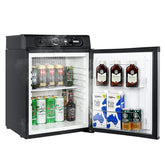
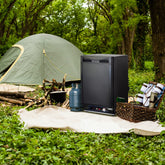
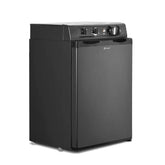
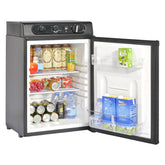
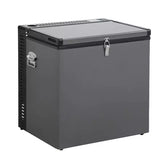
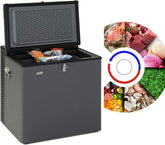
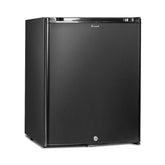
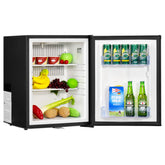
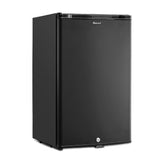
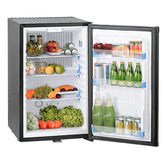
Leave a comment
Please note, comments need to be approved before they are published.